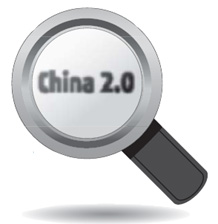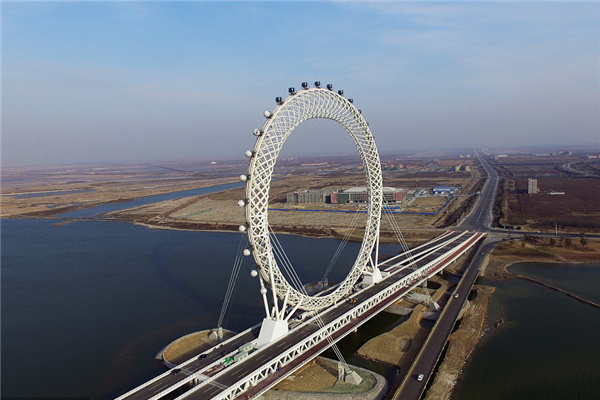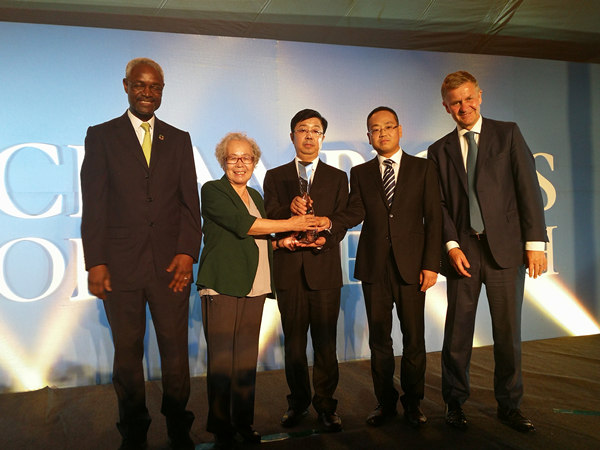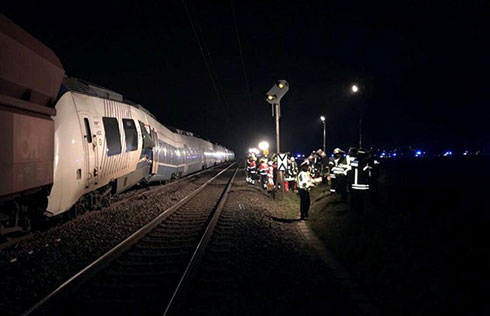

Pick up your iPod and turn it around. Note the cool and somewhat snobby phrase that's printed on the back of the device: "Designed by Apple in California. Assembled in China."

These eight words speak volumes about the Middle Kingdom's role to date in the global economic food chain.
But it's already a seriously outdated paradigm. After 30 years as a lowly "workshop for the world", China is getting ready to move up the value chain.
And this transition - from low-cost manufacturing to world-class innovation, design and marketing - will change the rules of competition everywhere on earth, including inside China.
So forget whatever else your organization considers to be a strategic priority and ask yourself: "Are we gearing up for China 2.0?"
On a recent trip to Beijing, I was struck by how radically the focus of everyday business conversations has changed. And this has nothing to do with the global recession, which temporarily took some of the wind out of China's sails.
It has much more to do with the realization that China is entering a new and quite different era in its economic development, and that companies (local and foreign) will have to act quickly and decisively if they are going to carve out a place in it.
Until now, there were certain words that seemed to dominate all business conversations in China. Obviously, one of them was "growth", which is understandable considering that China's economy has doubled in size three times in just the last thirty years!
Another dominant word was "cost", as in low-cost, cheap, cheapest - which is a concept no nation has mastered quite like the Chinese.
And still another was "export". China's white-hot growth has been driven primarily by exploding overseas demand.
But now the game - and the conversation - is changing.

There's a new set of words and phrases that I'm hearing more often in business circles in China. Like "world-class", "high performance", "global", "better" and "best".
Company leaders - whether they are from local Chinese firms or foreign multinationals - are talking a lot less these days about "manufacturing in China" (been there, done that) and a lot more about "marketing, design and innovation in China" (as in, you ain't seen nothing yet).
This shift in rhetoric has incredible implications for the shape of future competition, globally and in China's own massive home market.
However, you might argue that China still has a long way to go before the rhetoric becomes reality. And you'd be right.
Take innovation, for example. In the recent International Innovation Index, produced in part by Boston Consulting Group, China was ranked as the world's 27th most innovative nation, just behind New Zealand.
To put this in context, some of China's regional neighbors were at the very top end of the scale: Singapore was ranked first in the world, South Korea took the number two slot, and Japan landed in 9th place (right behind the United States).
Newsweek's comment on these rankings was quite typical: "China excels at producing huge volumes of low-cost products, but Japan and South Korea are tops in innovation and hi-tech goods".
It definitely won't stay that way. Consider some data that support this conclusion. The number of patent applications from Chinese companies has increased ten-fold over the last decade, and the annual growth rate is almost twelve per cent.
In fact, the world's most prolific filer of international patents last year was Huawei Technologies, China's largest networking and telecommunications company, which became the first Chinese enterprise to top the list.
Overall, China ranked 6th among countries, according to the number of patents filed, after the United States, Japan, Germany, South Korea and France. And if current growth rates continue, China will surpass them all in about a decade.
In his book, China Inc, journalist Ted Fishman wrote: "China has yet to introduce the kind of world-changing technology or consumer products that are the hallmark of advanced economies. But it will."
Fishman continued: "The genius that has so far poured into creating great factories will soon be evident in great products and great brands that will offer the world unsurpassed quality."
That process is well under way. It's notable that in 1995 there were just three Chinese companies on the Fortune 500 list. By 2000, it was ten. By 2005, the number had jumped to eighteen, and in 2008 - a mere three years later - it had leapt to 35.
Companies all over China are rising to the challenge of becoming high-performance business players, many on a global scale.
Huawei, for example, is already giving Cisco a run for its money in the networking business. In 2007, the company reported annual revenues of $16 billion, and in 2008 $23.3 billion. That's a 45 per cent increase year-on-year. And more than 60 percent of Huawei's revenue is generated outside China.
Another Chinese champion, Haier Group, is currently the fourth-largest appliance manufacturer in the world, with global revenues in 2008 of nearly $18 billion. Sales outside China are rising by about 10 percent year- on-year.
Li Gong, chairman of Accenture in China, has a catchy way of describing the challenge of moving up the value chain. He calls it "jumping over the dragon gate", which refers to an old Chinese legend in which carps had to swim against the current and jump over a tall gate to transform themselves into dragons.
As more Chinese firms close the performance gap with their global counterparts, Li believes they will be able to "make the jump".
Anil Gupta, co-author of the new book, Getting China and India Right, agrees. He warns that China will produce "fearsome global competitors at a speed that the world has not seen before".
So what exactly is your own organization doing about the rise of China 2.0? And, for that matter, what are you doing about it in your personal career? Isn't it time you started learning Mandarin?
The author is a global business strategist and author whose books have been translated in more than 20 languages. His new book, Innovation to the Core (co-authored with Peter Skarzynski) was published in 2008 by Harvard Business School Press. The views expressed here are his own.
(China Daily 07/13/2009 page2)













